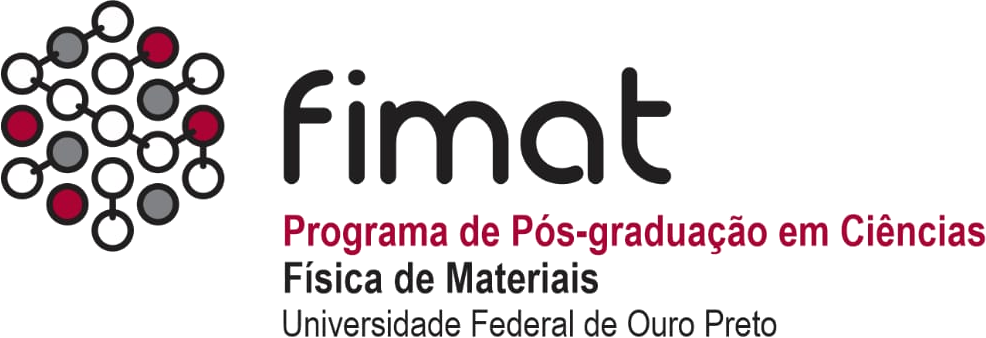Abstract:
The application of copper-based semiconductors for CO2 photoreduction has been limited by the poor stability of these catalysts in aqueous solutions due to parallel oxidation reactions. Thus, here we discussed the role of the Cu0-TiO2 interaction in catalyst stability, where the semiconductor acts as a charge separator and support for Cu0. Cu0 nanoparticles were deposited on the surface of TiO2 by reducing copper nitrate using a sodium borohydride solution. The metallic copper presents a higher selectivity in CO production (82.32%), while pure TiO2 presents a selectivity for CH4 (62.44%). However, with the heterostructure formation, the photocatalysts activity increases and the selectivity changes with copper amount variation over TiO2. In addition to the obtained C1 products (CH4, CO, and CH3OH), products containing two or more carbons (C2+) were also generated, such as acetic acid (C2H4O2), acetone (C3H6O), and isopropanol (C3H8O). H2 was also produced, although the selectivity for products derived from the photoreduction of CO2 was significantly greater. The sample TiO2/Cu 30% was significantly stable, which indicated the importance of an adequate heterojunction in the catalyst activity. These results demonstrate the synergistic effect between different copper species over TiO2, in which both materials play a role in the catalytic event.